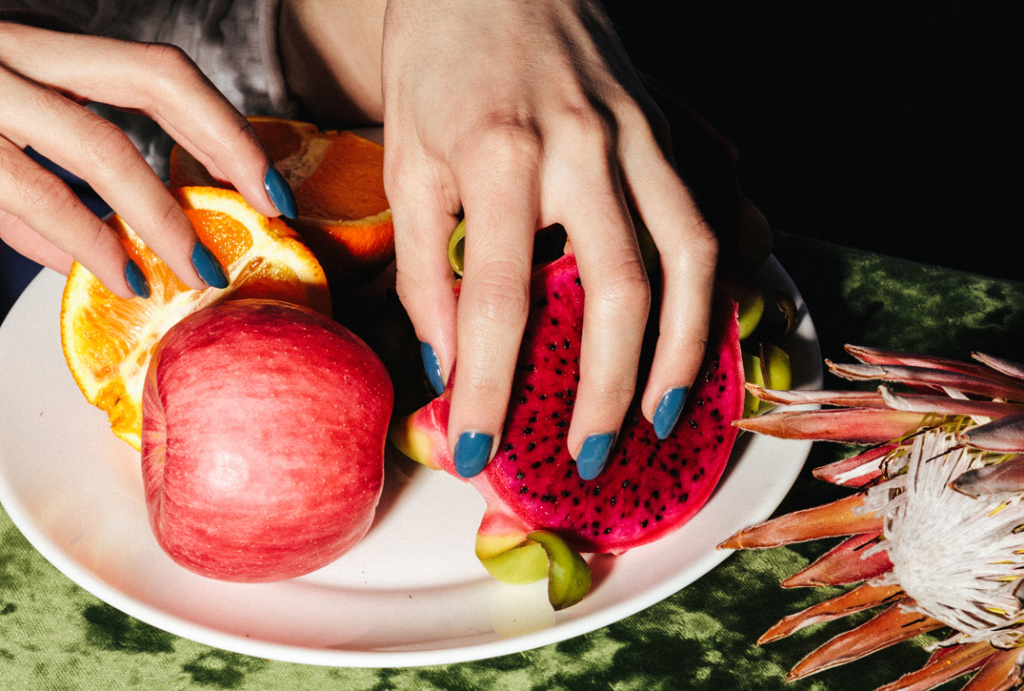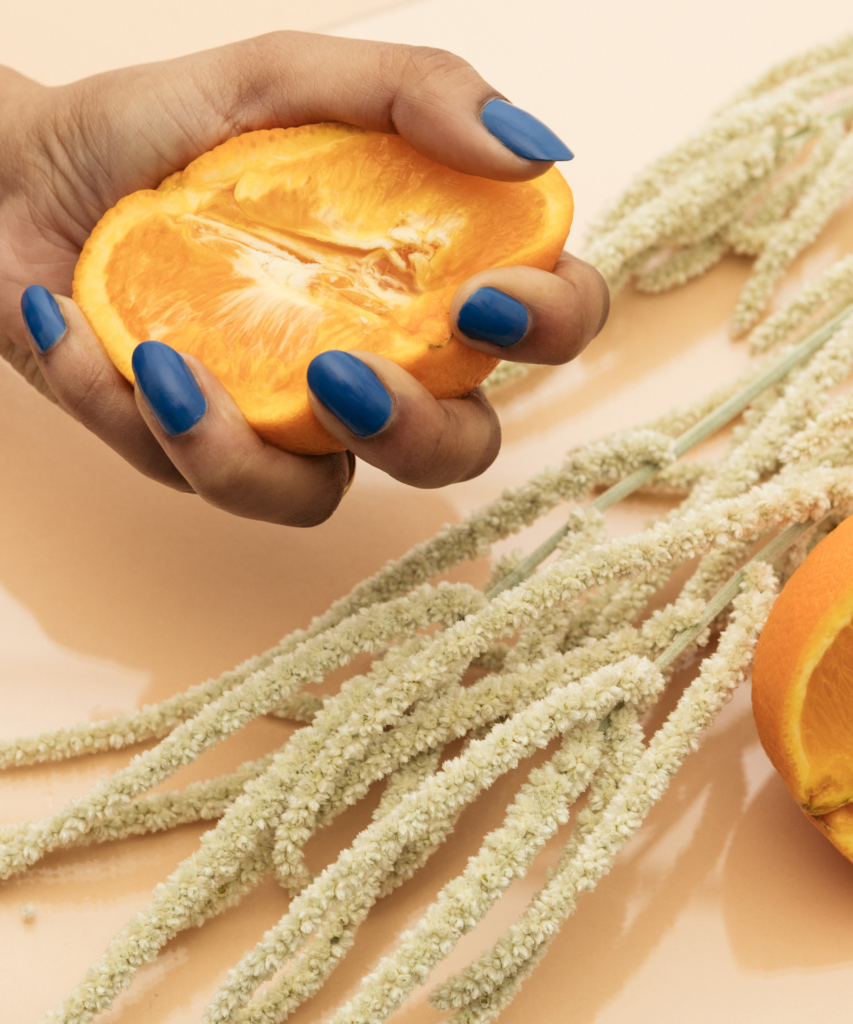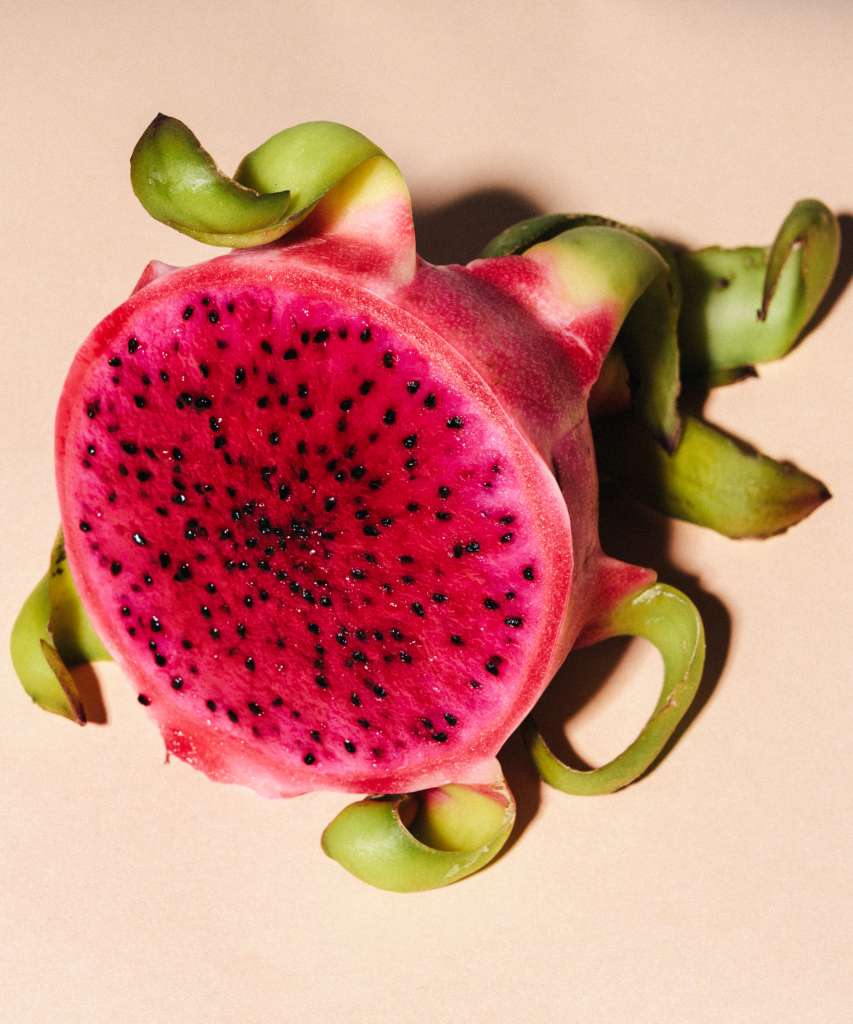
For years, I struggled with daily headaches, digestive issues, and not-so-amazing skin. After searching for answers online (hello, horrific WebMD search results), I chalked it up to stress, lack of sleep, and allergies, thinking this was just how things would be forever.
I’ve always considered myself a relatively healthy eater, I mean, I practically live at the Whole Foods hot bar, so I never thought that my diet could be the problem. That is, until one day I was searching for something binge-worthy to watch on Netflix and stumbled upon the notoriously controversial documentary, What The Health. So I decided to give it a watch (taking everything with a grain of salt, of course) and about halfway through, it hit me: what if my health problems weren’t allergies or stress at all, but instead my diet? In true documentary-crazed fashion, I immediately made the decision to explore a plant-based diet, cutting out meat and dairy entirely for a full 30 days to see if it would make me feel like myself again.
I had no idea where to begin, so I looked online, naturally, for ways to try one out while still getting important nutrients along the way. I had toyed with the idea of being vegetarian in the past, so this wasn’t completely out of the question for me. Although there were a plethora of helpful articles online, I wanted to customize my diet based on what was best for me. I had heard of The Blood Type Diet from a friend, a concept that came from Dr. Peter D’Adamo’s NY Times Bestseller Eat Right For Your Type, so I decided to look into what it said about me and the types of food I should eat.
I was shocked to learn that type A’s thrived on a vegetarian diet, which is something I hadn’t heard of before. Due to a sensitive immune system, it advised that I eat foods in their most natural state, “pure, fresh, and organic,” which translated to a lot of fruits and veggies. The more I read, the more I was convinced this was for me. Even better, it explained why I should eat certain foods based on my blood type, so I felt really confident in my decision to try it out. After all, everyone is different, so why should everyone eat the same diet? So I took the plunge.

Here’s what happened:
It was the most magical month. My skin cleared up, my headaches disappeared, and I had more energy than I’d had in a long time. I loved the way my new diet made me feel so much that I kept it up well after 30 days, and I’m still feeling great eight months in. Here’s the thing though, there are some foods it advises I don’t consume, that are in my “neutral zone”, that I still eat because they genuinely make me feel good. For example, although I went entirely vegetarian in the beginning, I slowly started to introduce fish back into my diet since salmon gives me energy, along with a bunch of essential vitamins, that I maybe wouldn’t get otherwise.
A few months in I started to wonder why this diet worked so well for me, so I decided to talk to an expert and get some clarity.
Here’s what Kelly Parmenter-Eck, a Nurse Practitioner specializing in functional medicine to find the root cause of an illness, who advises someone to make lifestyle changes rather than follow a medicinal approach, had to say, “The Blood type diet is an interesting, but relatively understandable, diet and health approach. As we have evolved as humans, we’ve had to adapt to our surroundings, our food, and exercise.”
“When you consider an O blood type as the original blood type, it only makes sense that that blood type will foundationally better utilize foods like meats, nuts, seeds, and certain vegetables that were abundant centuries ago. On the other hand, the ‘newest’ and most rare blood type, AB, has been found to be able to ‘adapt’ to the characteristics of all the other blood types. In my observations, I have found that people of a certain blood type tend to naturally want to follow such a diet. If you listen to your body, most of the time it tells you what you need.”

Here’s a breakdown of what this means for each blood type:
Type B:
It’s suggested that type B’s developed in the Himalayan highlands, now present-day Pakistan and India. This blood type should avoid chicken, since it causes agglutinating lectin (proteins that clump together) in the muscle tissue of type B’s, and instead replace it with foods such as goat, lamb, mutton, rabbit, and venison. It’s also recommended that type B’s choose exercises that challenge both the mind and body, which could be a mix of meditation and intense physical exercise.
Type A:
It’s said that type A’s flourish on a vegetarian diet, and should cut out meats and potato fares by switching over to soy proteins, grains, and vegetables due to their sensitive immune system. It’s recommended that type A’s stick to a consistent exercise schedule that provides focus and calmness since they are predisposed to higher levels of stress due to a high level of the stress hormone cortisol.
Type O:
The first blood type, type O’s were said to be the most aggressive predator, and even today embody traits like leadership, extroversion, and high focus and energy. Since type O’s are suggested to be tied to certain illnesses like ulcers and thyroid diseases, it’s suggested that they eat a diet high in saltwater fish and kelp to combat this. It’s also suggested that type O’s exercise three to four times per week.
Type AB:
The AB blood type is the rarest and is the only blood type that was created through intermingling rather than environmental factors. It’s said that type AB’s sometimes act A-like, sometimes B-like, and sometimes a mix of both. It’s recommended that type AB avoid caffeine and alcohol, especially in stressful situations, and instead focus on foods like seafood, dairy, and greens. Fun fact, both Marilyn Monroe and John F. Kennedy were type AB’s.
According to Dr. D’Adamo, The Blood Type Diet is meant to discuss diet in the more traditional sense, meaning a better way to eat, which is why I enjoy it.
Sure, I still have guilty pleasures that I divulge in, but overall I’m type A all the way. For me, following a diet based on my blood type has worked out great, but it may not be for everyone. My advice? Eat a diet that makes you feel good. If meat is your thing, and you could never fathom cutting it out of your diet, great. If not, that’s great, too. Just do what you think is best — and, of course, talk with your doctor — and you should be fine as wine.
[Editor’s Note: Since we’re not know-it-alls, always make sure to consult with a doctor before trying anything new. We’re here to guide and provide information that could potentially help, but each person is different so do what’s right for you!]
–
Feature Image via Vanessa Granda

